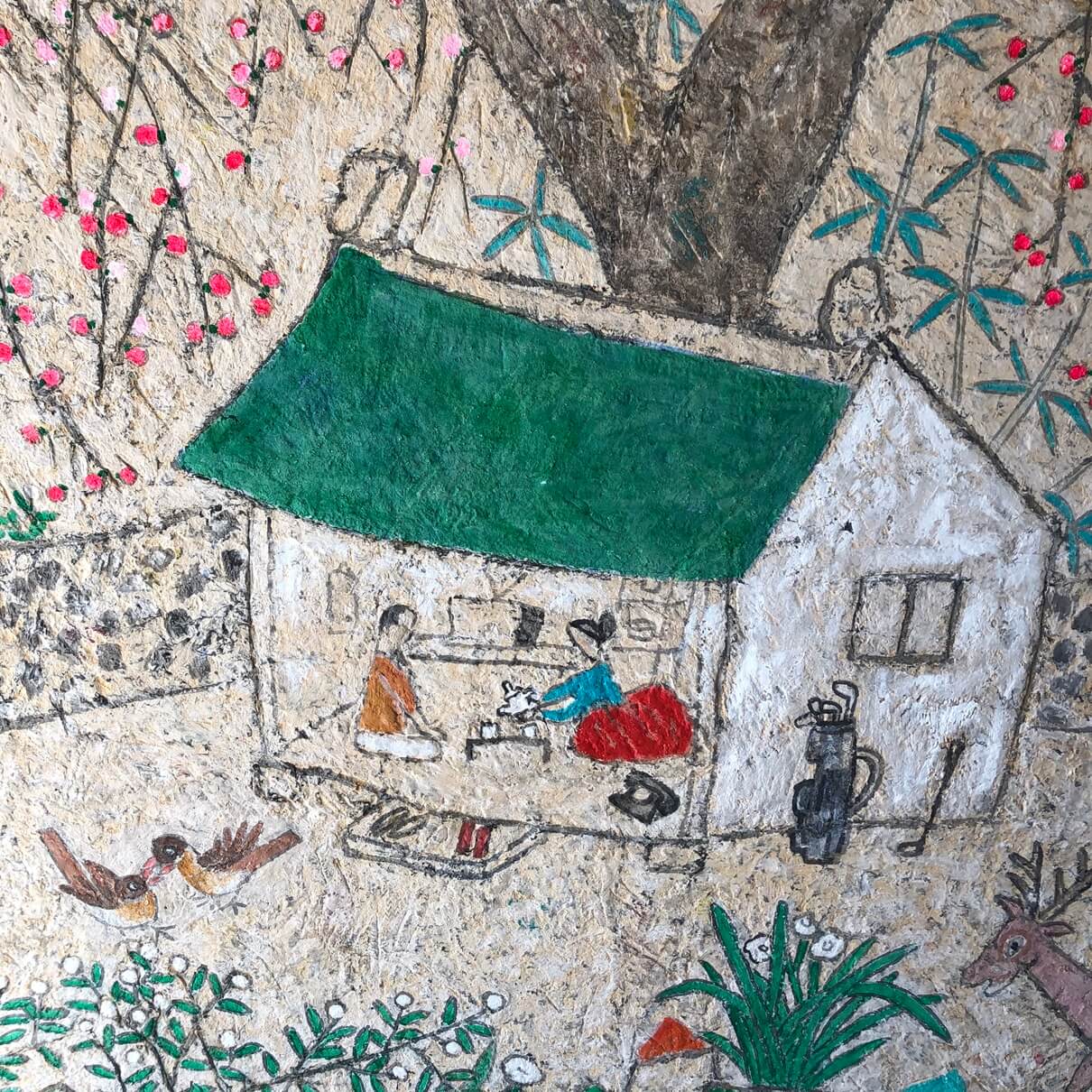With the pronouncement of Covid-19 as a global pandemic on March 11 by the World Health Organisation, articles after articles have been published, covering all aspects of life in self-isolation, lockdown and social distancing. Numerous self-help and self-care manuals, tips and recipes flooded the web and curiously enough, flour shelves emptied themselves as the result of people baking their own bread. I have lived through these weird weeks in the middle of central London, as my pad was conveniently located in Westminster and over the course of twelve weeks in isolation, I got to witness a lot of peculiar and perplexing events. The UK government denoted this trance-like social atmosphere as the ‘New Normal’.[1]
Personally, I came to view the very reason that necessitated the definition of the ‘New Normal’ as the need to get used to this new way of life that disconnected one from the old modes of socialising and establish alternative safer measures that ensured minimum human to human contact. (We got to realise how integral human to human socialising has been to our quotidian life and thereby lack of prompted a change in our attitudes and perspective towards the act of socialising.) In a span of few short weeks in March, it was no longer deemed safe to be out in the streets and this new condition, contrasting to the hope that this would all come to a quick end, was filled with demoralising uncertainty.
The art world was also faced with the same dilemma of uncertainty that plagued the globe (no pun intended), on the surface of which showed as the continual closure and reopening of exhibition spaces and cancellation of the biggest biennales and art fairs. However, with the case of the latter, a positive aspect also surfaced: the year oversaw the flourishing of the online platforms that allowed one to browse through works of art on a screen at a fingertip. More should be said about the severely limited way of experiencing art, however, this retranslation of the global passion for creativity and culture perhaps is an apt demonstration of the cultural continuity and somewhat expressive of the need to experience art in one's life.
A certain slowness coloured people's pace of life. We took time to tackle tasks that were once avoided for the lack of enough time to sort through and activities that we had dreamt of doing but never quite got around to achieving it. A huge proportion of the Britons turned their attention to redecorating and repairing one's porch, terrace, gardens, walls etc. during the lockdown.
This sudden change in the scenery of our life has also given us the time — albeit forced upon us, however, the life in the lockdown has imposed a tempo of slowness in our lives that were unprecedented since the summer holiday before starting the university. The art world has also recognised this change in pace: National Gallery also posted a series of videos called ‘A curated look’ online that show visitors how to look in-depth and explore hidden details in works of art.[2] The gallery said it has seen a record increase in online visits since it closed its Trafalgar Square building.
Prompted by the emphasis on contemplative slow-looking, a discourse surrounding the space that we call home and the notions of disconnectivity and separation emerged. Such rhetoric that circulated the notion of interiority are more philosophically apt than before, considering that we have all spent a good portion of 2020 understanding what it feels like to truly live at home. The following series will explore the concept of home and the connotative associations surrounding the notion of interiority. It will explore the works that acknowledge and intended to be used in the interior life as well as the objects that comprised of and constituted the space. With these thoughts floating in our heads, I present you with a detail of one of the first paintings that I got to see in person when I flew back to Korea. It is by Lee Wal-Chong that shares an intimately snug moment of a couple sharing a cup of tea at home.

A detail of Golden Mean of Jeju Living by Lee Wal Chong (1945 - ). 2002. Mixed media on Korean paper. (Source : author’s own.)